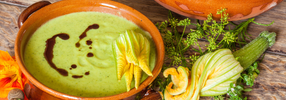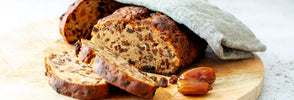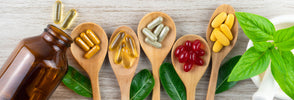
Organ series: lungs
The health of our organs plays a major role for your well -being and fitness. But do you actually know how every single organ of your body actually works? If you are not studying medicine or are interested in it privately, the answer is usually open to you. Therefore we would like to educate you and bring the human organs closer to you.
In the next few months, new blog posts are waiting for you again and again. We will explain the functions of our organs, the connection with histamine intolerance and much more.
Today we continue with the lungs. Did you already know that the lungs are closely related to the colon? For example, cough corresponds to diarrhea and an irritable bowel is referred to as the "asthma of the intestine".
But skin diseases such as neurodermatitis are also closely related to the lungs. If a neurodermatitis is shifted internally, it can manifest itself as an asthma. Another interesting fact is that other mammals have a much more complicated lung than we humans. The human lungs therefore resemble the lungs of crawl animals (e.g. the turtle).
Tasks and functions of the lungs
- Main task: breathing (oxygen absorption and carbon dioxide delivery)
- Lung brings oxygen into the organism
- Used oxygen (carbon dioxide) is removed from the body
The lungs are responsible for the absorption of oxygen from the breathing air into the blood and the release of carbon dioxide from the blood into the air, which is then exhaled. The inhaled air reaches the two main bronchi via the trachea, each of which leads into one of the two lungs. There they continue to branch themselves into the bronchi and bronchioles up to the alveoli. The oxygen penetrates through the wall of the alveoli into the blood capillary. The carbon dioxide takes the opposite way. Foreign bodies and pathogens are also intercepted in the bronchi: they stick to a tough mucus that the mucous membrane of the bronchi produces and are removed from the body by coughing.
Multicolumn
-
Location in the body
The lungs are in the chest, which it almost fully fills. Your two lungs are surrounded by the ribs on the outside. They adapt to the heart on the inside and lie downwards on the diaphragm. The diaphragm is also the main academic muscle, because the lungs do not have its own muscles. Without the diaphragm, no breathing would be possible.
-
Organ clock
During the course of the day, each organ has its absolute highlight in activity and as an opposite pole! These times of the day are also the best times to treat or support the lungs. Sleep disorders, especially waking up from 3 a.m. to 5 a.m., indicate complaints on the lungs. According to statistics, most asthma attacks also appear the most between 4 a.m. and 5 a.m.
- Strongest activity: 3:00 a.m. to 5:00 a.m.
- Rest phase: 3 p.m. to 5 p.m.
Mental component
The lungs symbolizes the positive feeling of freedom. You will surely remember the scene in the film Titanic, where Jack and Rose stand by the bow, spread their arms and indulge in the feeling. This whole scene stands for a deep feeling of freedom. Negative emotions of the lungs are grief and grief as well as melancholy and depression. In people with lung symptoms, there is often a wine mood. A tendency to cry can therefore be a sign of hidden lung weakness. In the course of life we have to say goodbye again and again. The grief associated with saying goodbye, the "non-wicking-" is also an emotion of the lungs. The lungs are also considered an organ for distance and courage, letting go, creativity and change.
Connection with histamine intolerance
Histamine is a messenger in the body that is released from the mast cells. There are plenty of mast cells in the lung tissue. There is always an inflammatory reaction when the histamine is released. This includes expanding the blood vessels and swelling of the mucous membranes. The muscles cramped and the bronchi as well as the lung vessels narrow. The result can be a shortness of breath. You can find out what other interesting connections exist in the e-book, which is now available free of charge to our "feel-good tea".
Symptoms and diseases in histamine intolerance
- Constitious or running nose
- Run -away
- Allergic asthma, asthma bronchial
- Shortness of breath
- Constant cough
- Dry cough
- bronchitis
- Constant colds and mucosal of the lungs
- Constant clearing of the throat
- Ejection
- After lavish meals, vocal cords
- Hustling in stressful situations
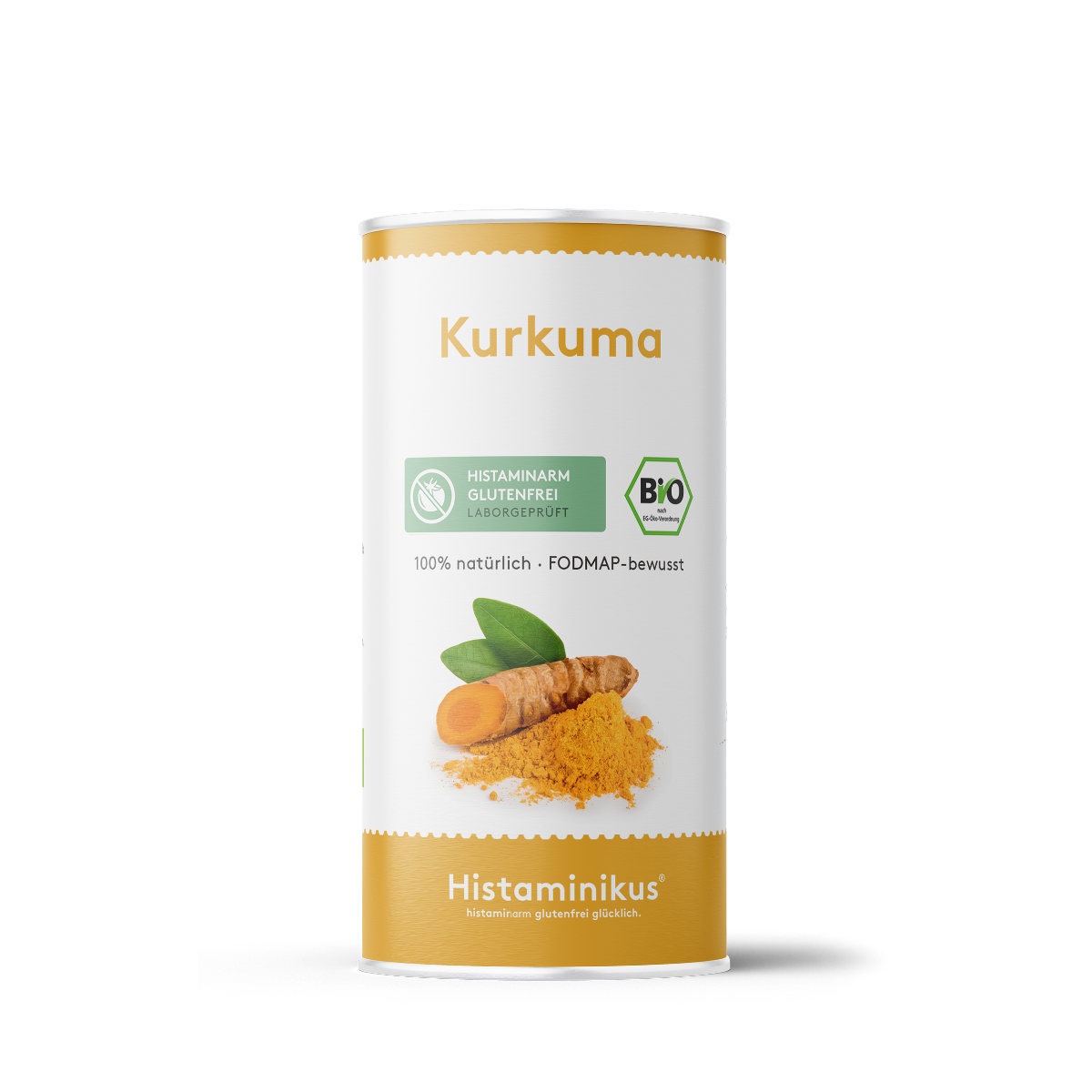
Histamine -low products
Histaminikus
Turmeric organic
5.0 / 5.0
(8) 8 total reviews
Share
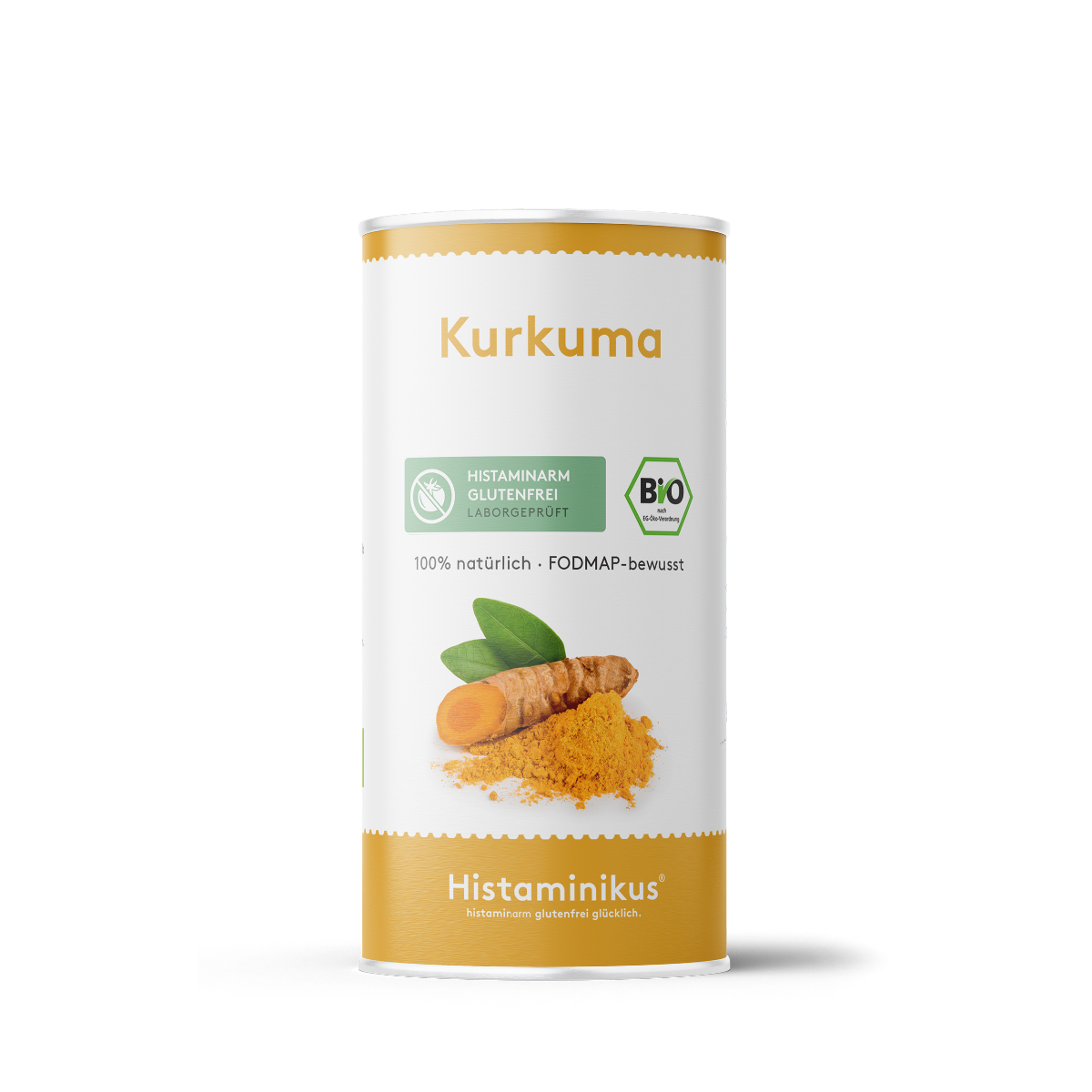
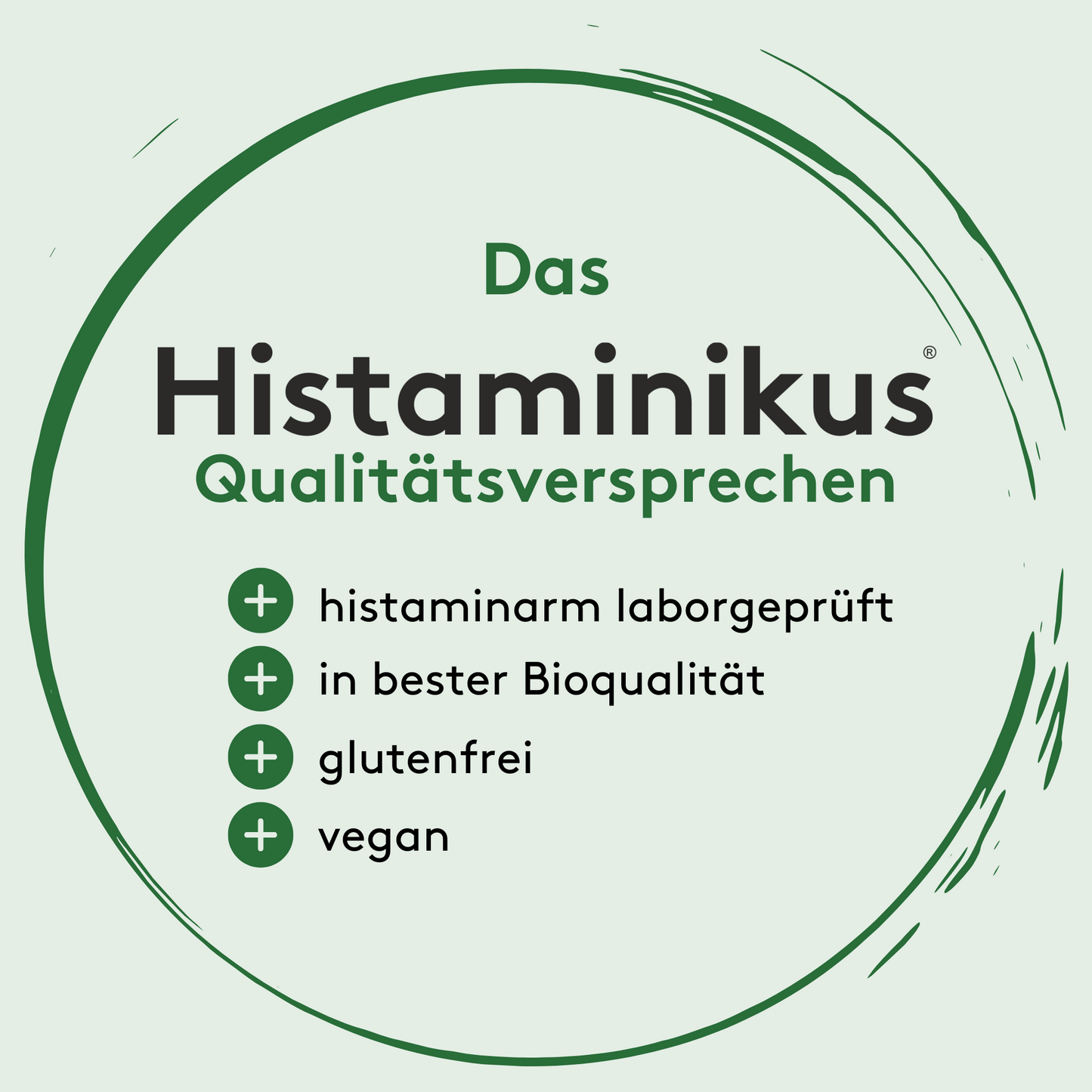
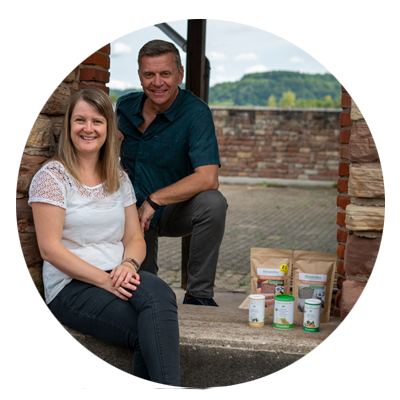
From those affected for those affected
We are Thomas and Michaela Zinser, founder of Histaminikus.
Because of the own histamine intolerance of Michaela and our son, we founded Histaminikus. The frustration does not find any suitable histamine food has spurred us to develop low -histamine food.
We would like to give you back a piece of quality of life. Feel free to look around with us.
Kind regards
Thomas and Michaela


